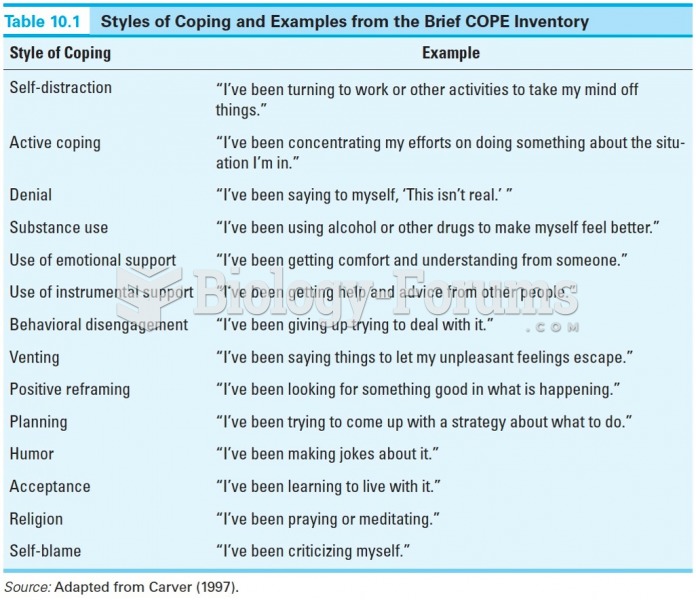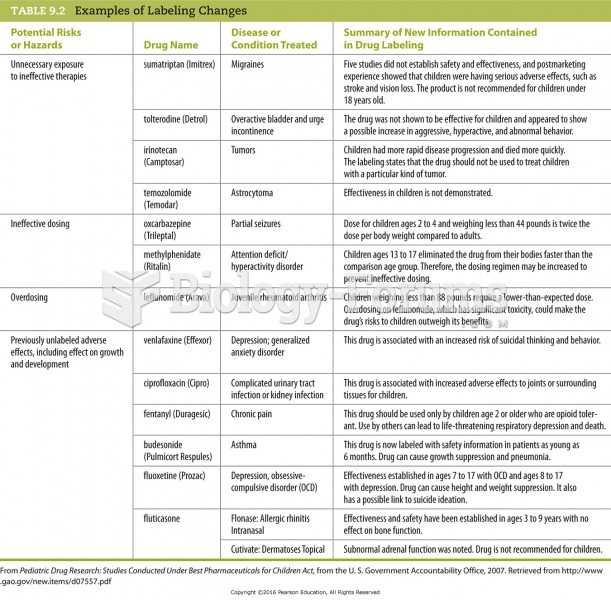Three of the following are definite examples of scaffolding. Identify the situation in which no scaffolding is described.
a. Ms. Ayotte likes to challenge her students by giving them group research projects. She puts her students in groups of three or four students each, and she gives each student a topic to research. She sends the groups to the school library to find out as much as they can about their topic, and then has each group give a report to the entire class.
b. Mr. Bender is teaching a unit on beginning tennis. In the early stages of teaching a correct tennis swing, he uses an automatic ball server that serves balls with consistent speed, height, and direction. He also continually reminds students to Keep your eye on the ball and Hold your arm straight. Later in the unit he begins to serve the balls himself, varying the speed, height, and direction of the serves. And he reminds students of what to do much less frequently.
c. Ms. Carrera helps students solve math word problems by providing visual illustrations of the elements of the problem and by showing them similar problems that have been worked out correctly. As the weeks go by, she provides fewer and fewer visual illustrations and fewer and fewer worked-out examples, until eventually the students can solve the problems without either form of assistance.
d. Mr. Donaldson's students are just beginning to learn how to take notes in class. For the first few weeks Mr. D. begins class by handing out a detailed outline about the topic for the day. By December he is handing out an outline covering only the main points of the day, encouraging students to fill in the blank spaces on the sheet with ideas relative to each point. By May, students are writing down main points and relevant details on their own.
Question 2
Three of the following teachers are providing scaffolding to help their students learn. Which one is not necessarily providing scaffolding?
a. Ms. Applegate gives her students a structure to follow when they write their first essay.
b. Mr. Bernardo teaches students how to perform an overhand throw by gently guiding each student through the correct movement a few times.
c. Ms. Chen gives her class some hints about how to solve an especially difficult word problem.
d. Mr. Donaldson takes his students on an all-day field trip to the art museum.







